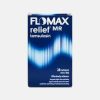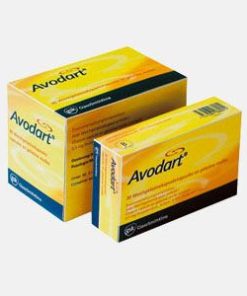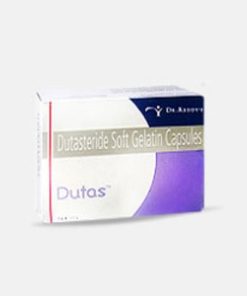Noroxin (Norfloxacin)
Category: Men’s Health
Commercial Name: Noroxin
Active Ingredient: Norfloxacin
Utilization: Used in patients who get frequent urinary tract infections
Available Dosages: 400mg





